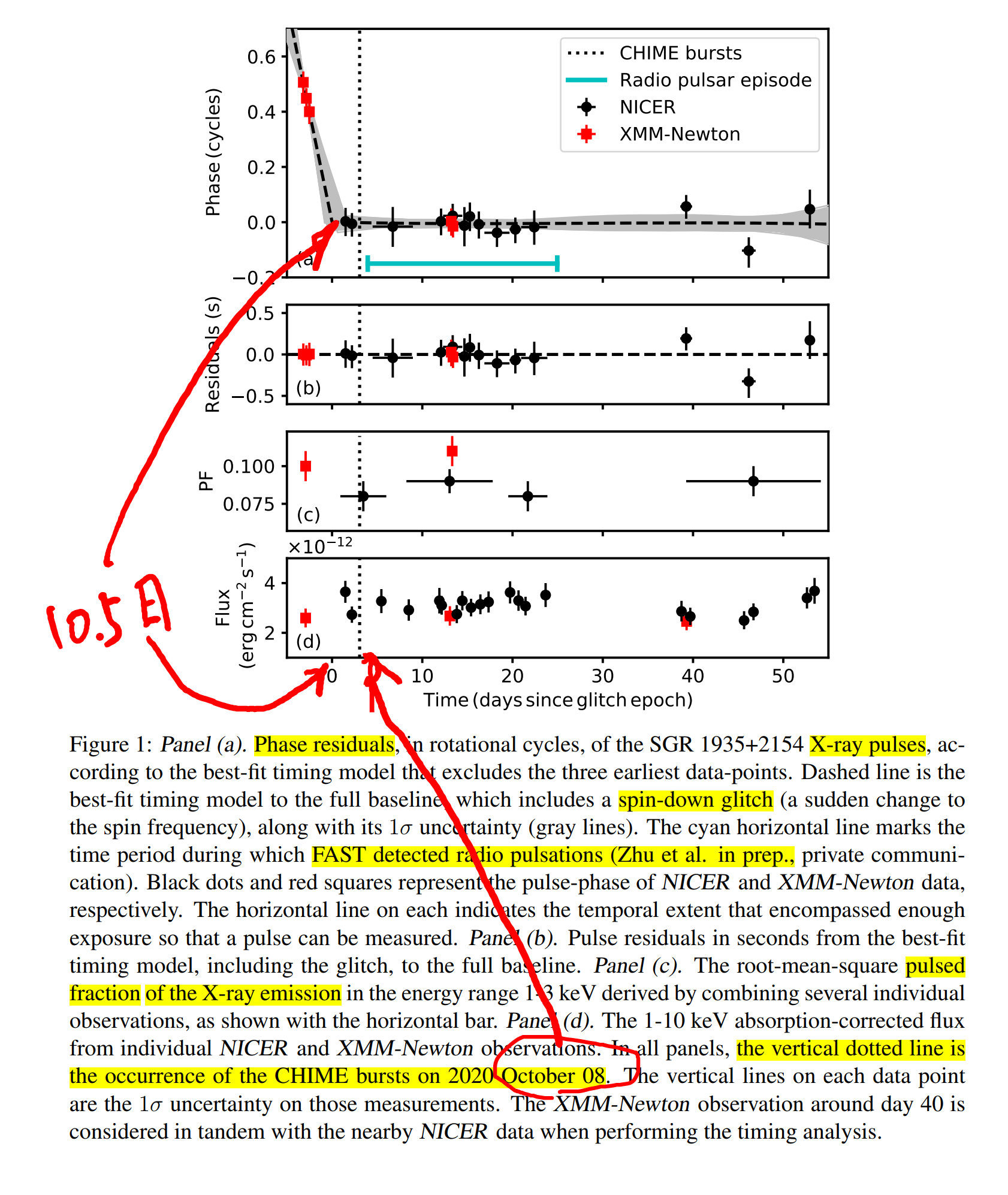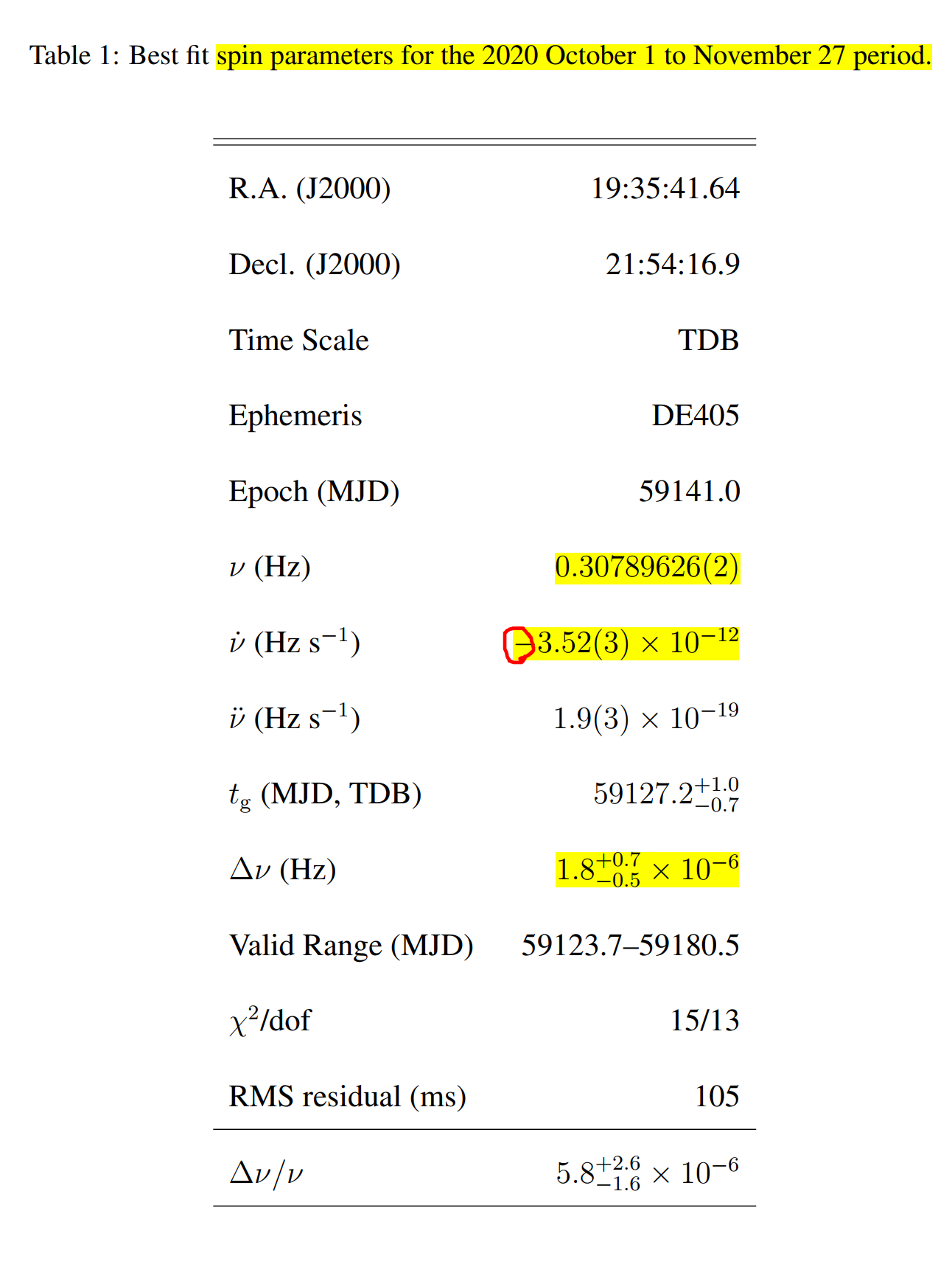Magnetar spin-down glitch clearing the way for FRB-like bursts and a pulsed radio episode
G. Younes (1,2),
M. G. Baring (3),
A. K. Harding (4),
T. Enoto (5),
Z. Wadiasingh (1,6),
A. B. Pearlman (7,8),
W. C. G. Ho (9),
S. Guillot (10, 11),
Z. Arzoumanian (1),
A. Borghese (12, 13),
K. Gendreau (1),
E. Gogus (14),
T. Guver (15),
A. J. van der Horst (2),
C.-P. Hu (16),
G. K. Jaisawal (17),
C. Kouveliotou (2),
L. Lin (18),
W. A. Majid (19,8) ((1) NASA/GSFC, (2) GWU, (3) Rice University, (4) LANL, (5) RIKEN, (6) UMD College Park, (7) McGill University, (8) Caltech, (9) Haverford College, (10) IRAP, (11) Universite de Toulouse, (12) ICE, CSIC, (13) IEEC, (14) Sabanci University, (15) Istanbul University, (16) National Changhua University of Education, (17) Technical University of Denmark, (18) Beijing Normal University, (19) JPL)
Magnetars are a special subset of the isolated neutron star family, with X-ray and radio emission mainly powered by the decay of their immense magnetic fields. Many attributes of magnetars remain poorly understood: spin-down glitches or the sudden reductions in the star's angular momentum, radio bursts reminiscent of extra-galactic Fast Radio Bursts (FRBs), and transient pulsed radio emission lasting months to years. Here we unveil the detection of a large spin-down glitch event (|Δν/ν|=5.8+2.6−1.6×10−6) from the magnetar SGR~1935+2154 on 2020 October 5 (+/- 1 day). We find no change to the source persistent surface thermal or magnetospheric X-ray behavior, nor is there evidence of strong X-ray bursting activity. Yet, in the subsequent days, the magnetar emitted three FRB-like radio bursts followed by a month long episode of pulsed radio emission. Given the rarity of spin-down glitches and radio signals from magnetars, their approximate synchronicity suggests an association, providing pivotal clues to their origin and triggering mechanisms, with ramifications to the broader magnetar and FRB populations. We postulate that impulsive crustal plasma shedding close to the magnetic pole generates a wind that combs out magnetic field lines, rapidly reducing the star's angular momentum, while temporarily altering the magnetospheric field geometry to permit the pair creation needed to precipitate radio emission.





 浙公网安备 33010602011771号
浙公网安备 33010602011771号